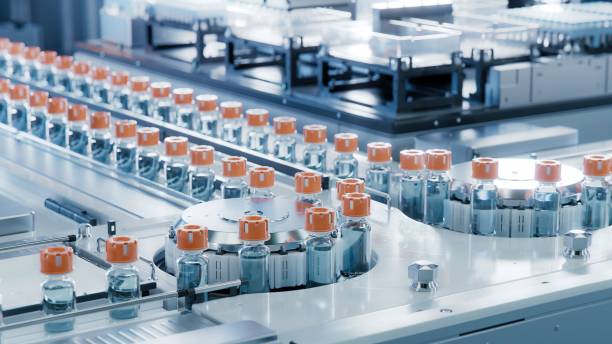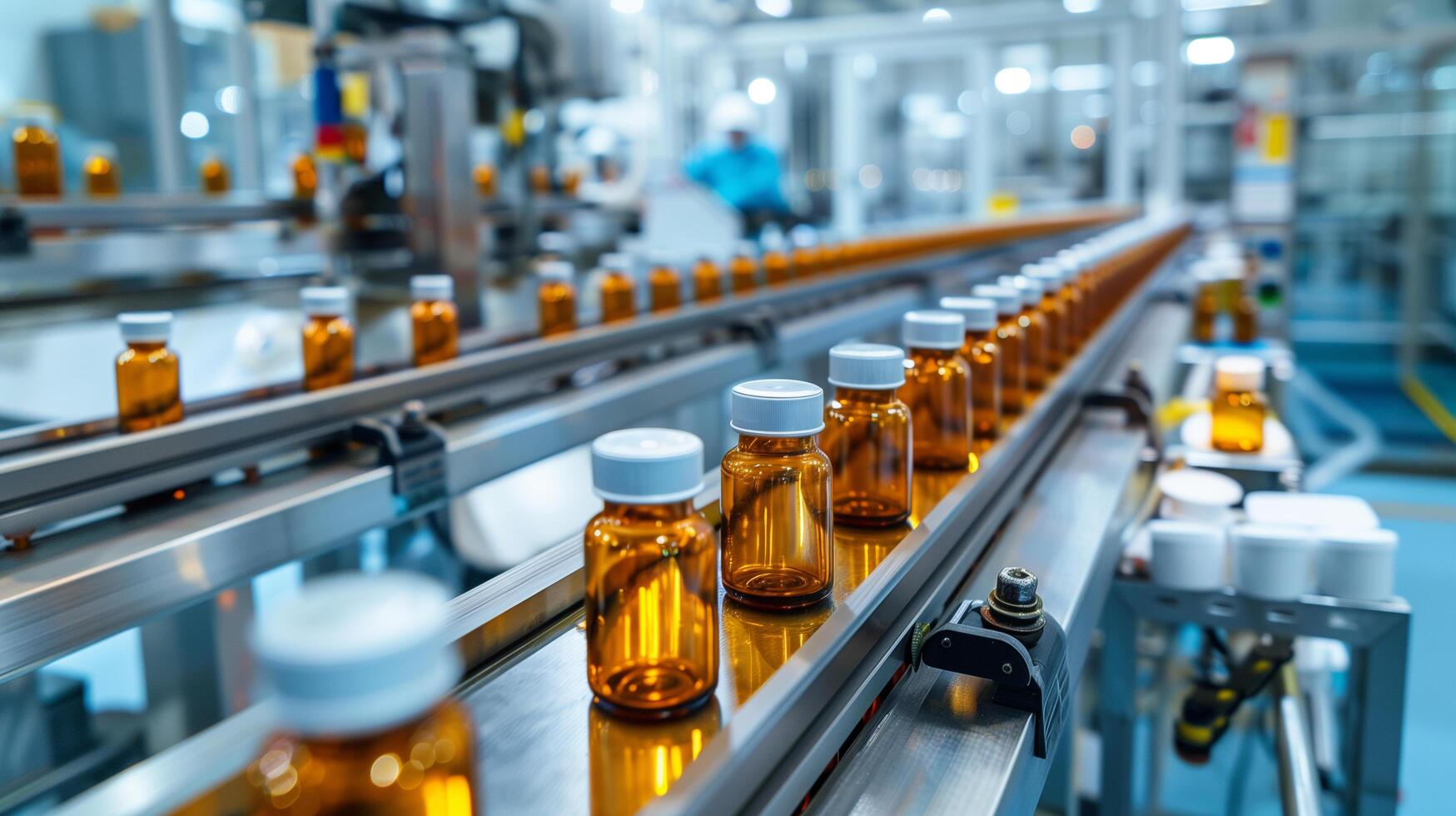
The medicines manufacturing process is a detailed and highly regulated journey that transforms raw chemical and natural ingredients into effective pharmaceutical products. It is a blend of science, technology, and precision, ensuring that every medicine reaching patients is safe, effective, and reliable. Understanding this process provides insight into the careful planning, testing, and quality assurance that goes into modern pharmaceutical production.
Pharmaceutical manufacturing is not just about creating pills or syrups—it is about protecting human health and improving lives. Each step, from research to final packaging, is governed by strict standards to guarantee compliance with international safety regulations. The process involves multiple experts, including chemists, pharmacists, engineers, and quality assurance professionals, working together to deliver products that meet both medical and regulatory requirements.
Medicines manufacturing ensures consistency in dosage, stability over time, and safety for consumers. Even a small deviation in production can affect the quality of a medicine, which is why every stage of manufacturing is closely monitored. Modern facilities use cleanrooms, automated machinery, and real-time monitoring to maintain the highest standards of hygiene and precision.
Why Understanding the Process Matters :
- It highlights the role of science in everyday healthcare.
- It builds trust in the pharmaceutical products we use daily.
- It shows the complexity and care involved in producing safe medicines.
- It emphasizes the importance of regulatory compliance and quality control.
- It provides insight into how innovations in technology improve production efficiency.
The medicines manufacturing process is a combination of research, precision, and ethical responsibility. Every medicine is the result of careful planning, rigorous testing, and collaboration across multiple disciplines. From the lab bench to the pharmacy shelf, each stage ensures that patients receive products that are both effective and reliable.

Stages of Medicines Manufacturing
Research and Development (R&D)
The process begins in R&D, where scientists study diseases, explore chemical compounds, and design potential treatments. This stage includes laboratory experiments, chemical synthesis, and preclinical studies to identify active pharmaceutical ingredients (APIs).
Key Steps in R&D :
- Investigating disease mechanisms and potential treatment targets.
- Identifying and synthesizing APIs for effectiveness.
- Testing drug stability and solubility.
- Conducting small-scale trials to determine safety.
- Documenting findings for regulatory submission.
R&D is critical because it determines the safety and efficacy of a medicine before large-scale production begins. Without thorough research, even a promising compound could fail or pose risks to patients.
Formulation Development
Once the API is identified, formulation development begins. This step involves combining the active ingredient with excipients, binders, and stabilizers to create the final dosage form. The goal is to ensure optimal absorption, stability, and patient compliance.
Formulation Highlights :
- Selecting the appropriate dosage form: tablets, capsules, syrups, injectables, or ointments.
- Ensuring the medicine dissolves correctly and maintains potency.
- Testing for compatibility between ingredients.
- Creating pilot batches to validate the formulation.
- Making adjustments for efficacy, taste, and shelf-life.
Formulation development ensures the medicine is effective, safe, and user-friendly, enhancing both treatment outcomes and patient adherence.
Quality Assurance and Testing
Quality assurance (QA) is central to medicines manufacturing. At every stage, from raw materials to the final packaged product, medicines are tested for purity, potency, and safety. QA ensures that every batch meets strict regulatory standards.
Quality Control Measures :
- Inspecting raw materials before production.
- Monitoring in-process production steps.
- Laboratory testing of finished products.
- Stability testing under various environmental conditions.
- Certifying compliance with international regulatory standards.
QA is not a single step—it is an ongoing process that safeguards patient safety and product reliability.
Large-Scale Production
After successful formulation and testing, production is scaled up. Modern pharmaceutical manufacturing uses automated equipment, cleanroom environments, and controlled processes to ensure consistency. Depending on the medicine type, production may include mixing, granulation, tablet compression, capsule filling, coating, or sterile injection preparation.
Production Highlights:
- Automation for precise measurement and uniformity.
- Batch tracking and documentation for traceability.
- Controlled cleanroom environments to prevent contamination.
- Continuous monitoring of critical parameters such as temperature and humidity.
- Efficient workflows to maintain high output without compromising quality.